Indifference
Stats
Starring: Dolores del Rio, Leo Carrillo, Norman Foster, Ralph Ince, Lucile Gleason, Edna Murphy, Stanley Fields, Frank Campeau, Roberta Gale, King Baggot
Directed by: Herbert Brenon
Released by: RKO
Runtime: Currently available prints are 68 minutes long; the original release was 78 minutes
Release date: January 15th, 1932
Availability
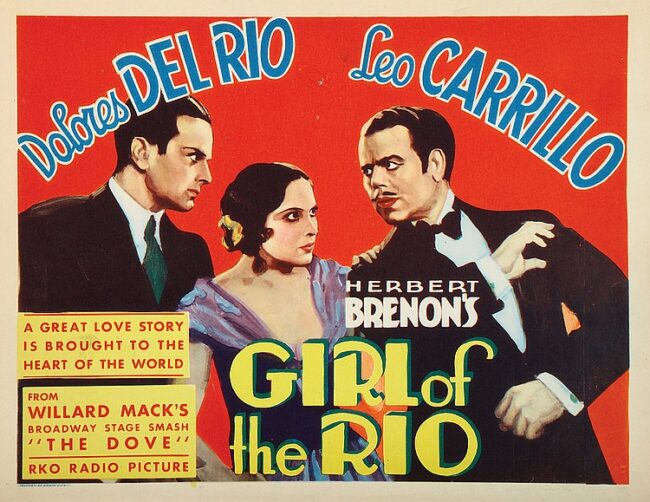
Girl of the Rio is an early RKO production. It was sold to C&C Television Corporation in the 1950s to be trimmed down and packaged for television viewings. As part of that deal, its run time and content were trimmed. As far as I can find, this is the only version that is currently publicly available.
As of this writing, Girl of the Rio can be found on YouTube.
Proof That It’s Pre-Code
- Condemned by the Mexican government for the portrayal of its country as a lawless gambling haven ruled by oligarchs.
- Comes from the time that the phrase “She’s a white woman.” indicates that someone is good and pure.
- Like a number of pre-Code films, the lead actress slips behind a shade to change outfits. Here, her (male) boss talks to her while peeping behind the partition.
- There is an extended sequence of a Chinese man rolling craps and the only English he knows are gambling terms that both feels slightly offensive but also like something that could be put in a lousy comedy today.
- del Rio rolls around in this getup for a bit:
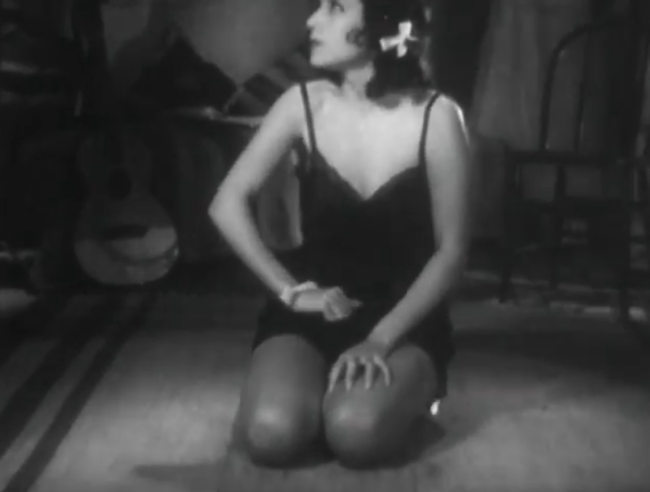
Girl of the Rio: Her Name is Del Rio
“True, señor, it is a funny thing. When one girl she try to be good, the man want you to be bad. And when you are bad, they like you a little while. Then, bah!, they look for another one which is good.”
“Maybe because the girl when she is good, she is no good until she is bad. Sabes?”
I wish there was a simpler name for the genre Girl of the Rio squarely falls into. There’s a girl, sweet and innocent, who, under the power of a lascivious man, is forced to break up with her loved one in order to save his life. Either he realizes her ruse or she dies, tragically, knowing she’s saved him. I’ve seen this in at least a dozen pre-Code movies so far– Mata Hari comes to the top of my head– but it is such a cliche at this point, that I have to wonder if audience really feel connected to this kind of deception or if it grew as tiresome to them as it has for me.
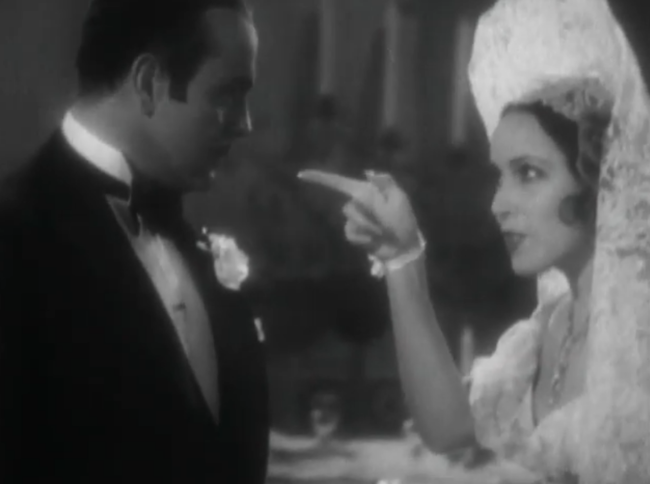
This is not to say anything against the grand romance of self-sacrifice or intended self-sacrifice, but I’ve seen this exact scenario, almost down to the same blocking, so many times it’s beginning to lose meaning, especially when much of the movie around it is also built out of other typical parts.
Set ‘across the border in Mexicana’, Girl of the Rio is set at a gin joint called The Purple Pigeon, we find a world filled with gambling, booze, boozy gamblers, and gambling boozers. High roller Don Jose Tostado (Carillo) is a grand caballero/landowner who mostly enjoys getting drunk and terrorizing women. His latest obsession is nascent singer Dolores Romero (del Rio, and, yes, Dolores del Rio is playing Dolores Romero in Girl of the Rio; do take care to keep all of this straight.)
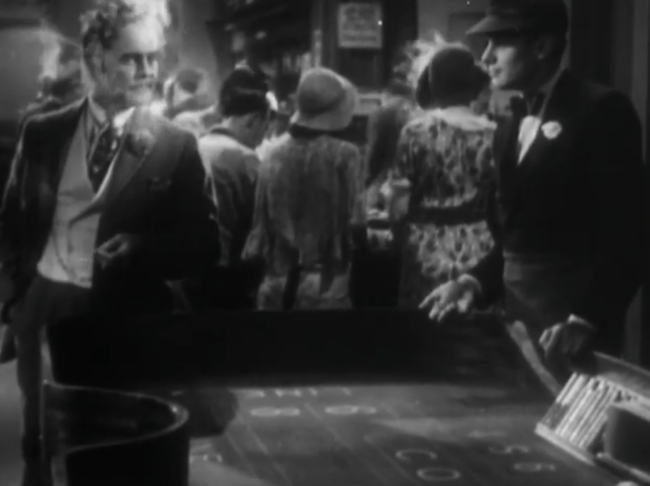
But Dolores is being pined over by the dealer Johnny Powell (Foster) who is very gee whiz and cute until Tostada tries to get him bumped off to make way for making his way with Dolores. Using his power and influence, he forces her to choose between watching her lover die or to become his mistress. A tearful goodbye is said, but is still followed by quite a bit of planning and declaration of plans plus everyone eavesdropping on one another.
One thing I will notch in Girl of the Rio‘s favor is that I’ve seen this plot many times at this point and no one in this movie behaves stupidly or unreasonably. Everyone is equally suspicious, crooks are quickly caught and disparaged, and any subterfuge is almost immediately discovered. A lot of movies of this ilk rely on one entities naivete or innocence to keep the plot in motion; here, up to the absolutely ludicrous last five minutes of the film, everyone stays within one or two steps of each others machinations.
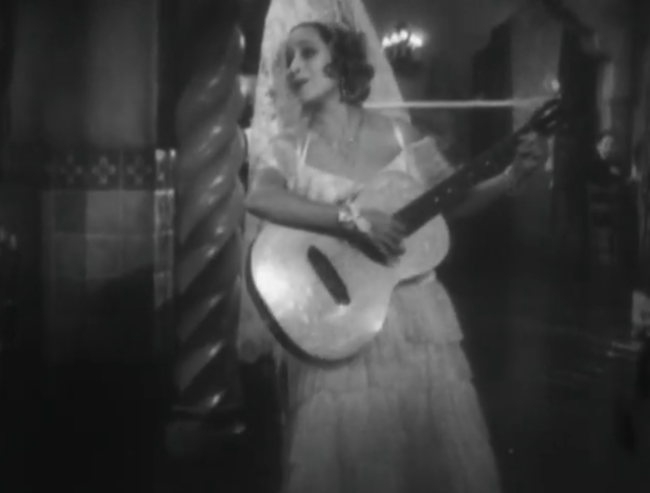
That being said, it is seriously silly that del Rio speaks so much broken English throughout the picture– lines like “do not make the understand” and “why should I make with the ‘cut out’?” abound. This is especially egregious in the scenes she shares with Carrillo whose Tostada and her should both be able to speak Spanish fluently and thus spare us from quite a bit of this nonsense.
Speaking of nonsense, the film’s ending, another situation where Dolores must once again throw herself onto the Don’s merciless mercy to save Johnny, results in a lengthy, loud plea for mercy, is ludicrous. (My precise reaction during my viewing involved the use of several expletives in complete disbelief.)
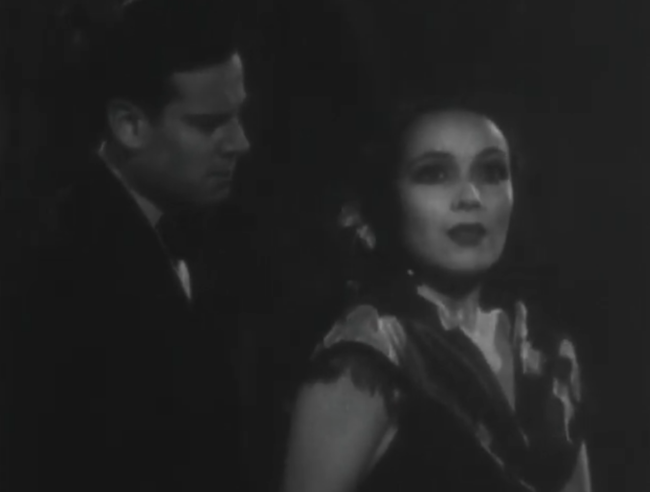
Girl of the Rio is kind of clumsy and pretty old fashioned and blends in with the many, many films of this time taking similar self-sacrificing bents.
However, taking all of my griping above for granted, if we agree that one of the main pleasures in watching cinema is to be a witness to ethereal, magical beauty, you do get to see Dolores del Rio quite a bit in this movie. So that’s about all I can say that this movie has going for it.
More Images
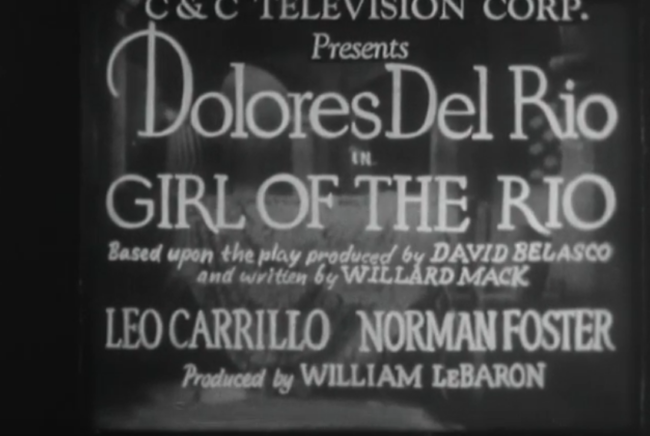
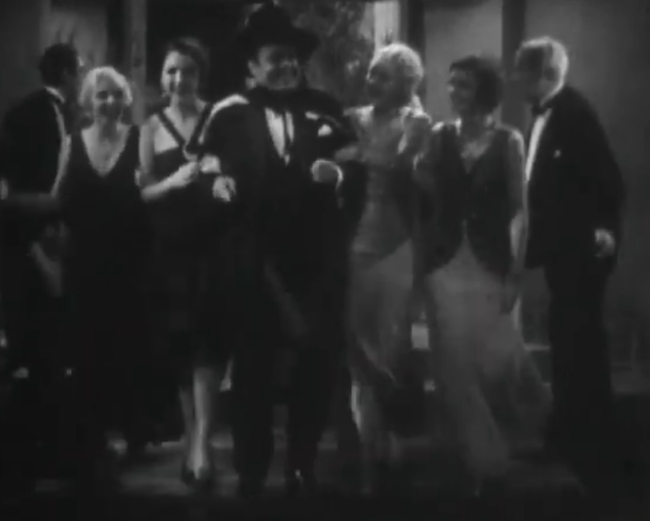
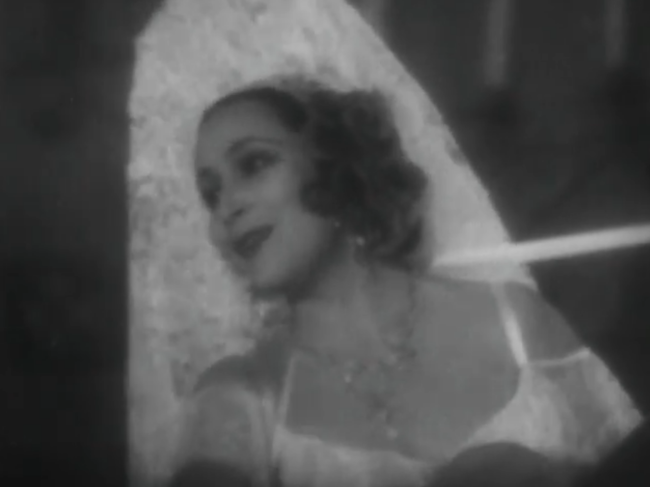
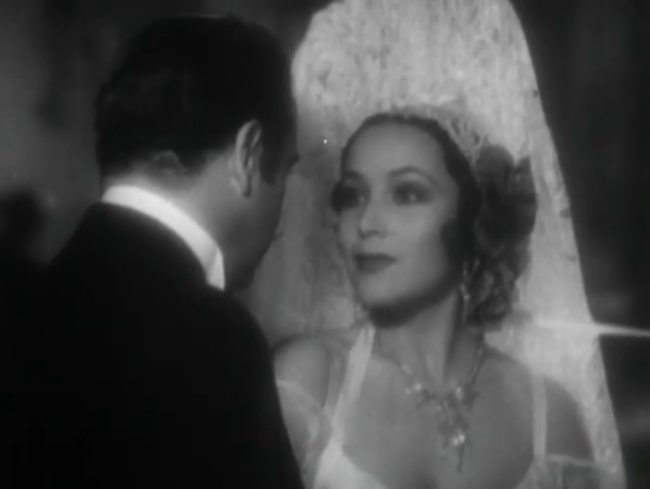
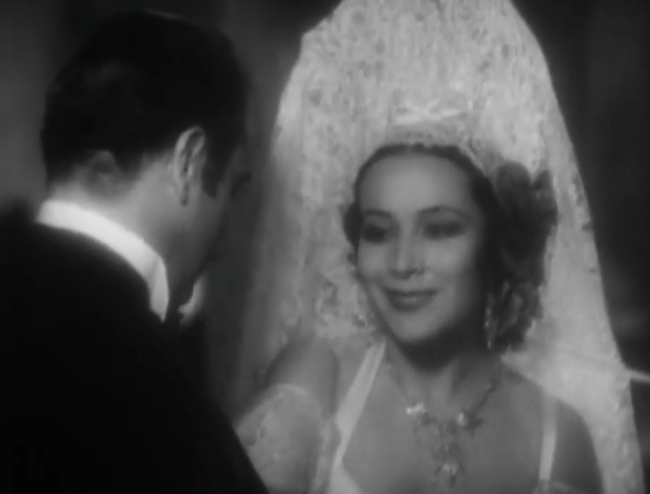
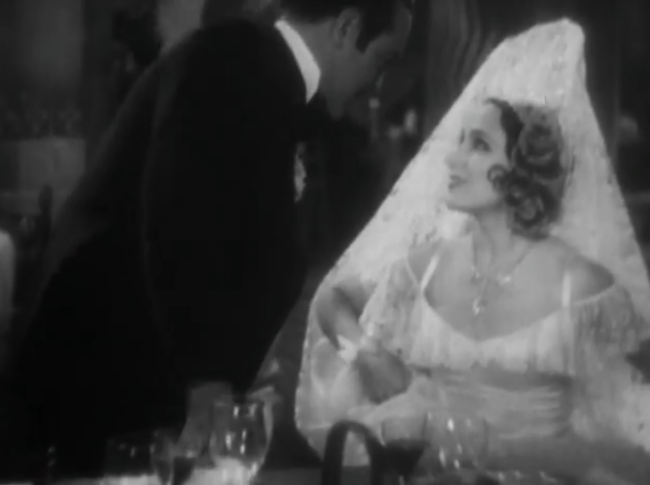
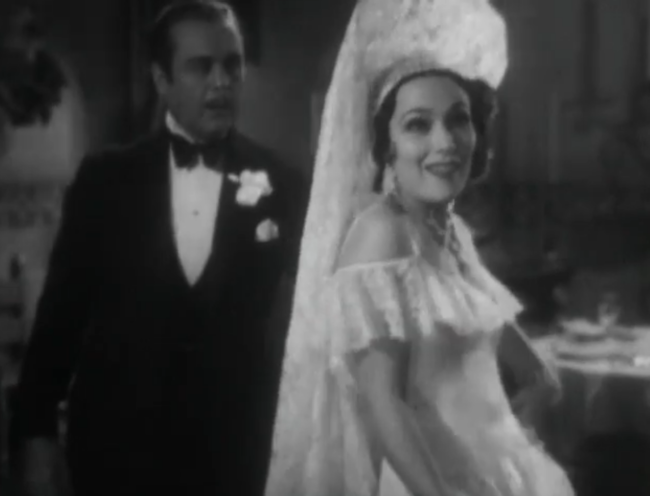
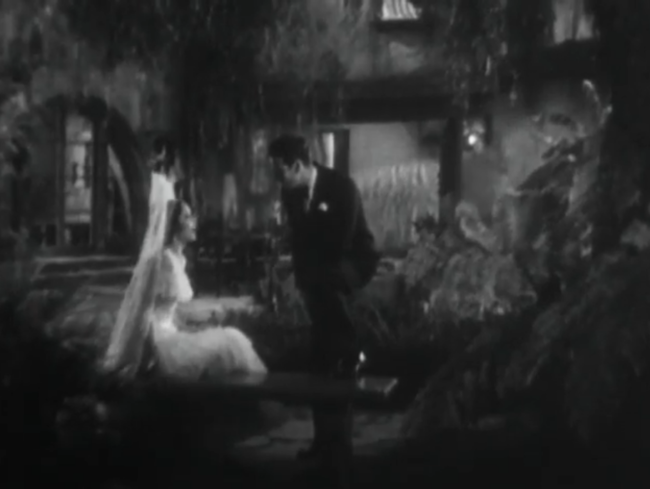
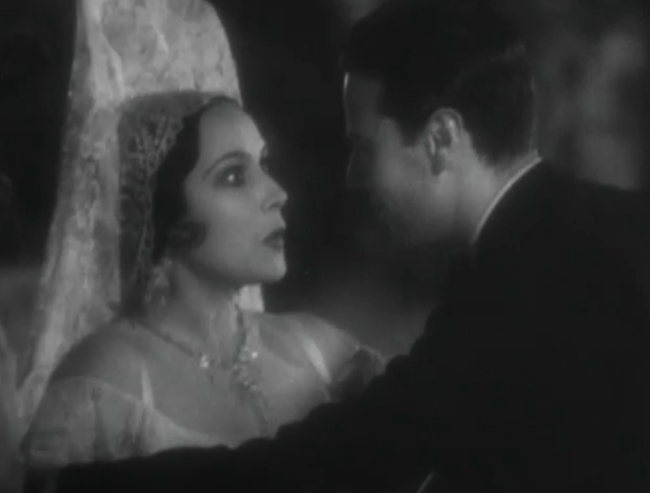
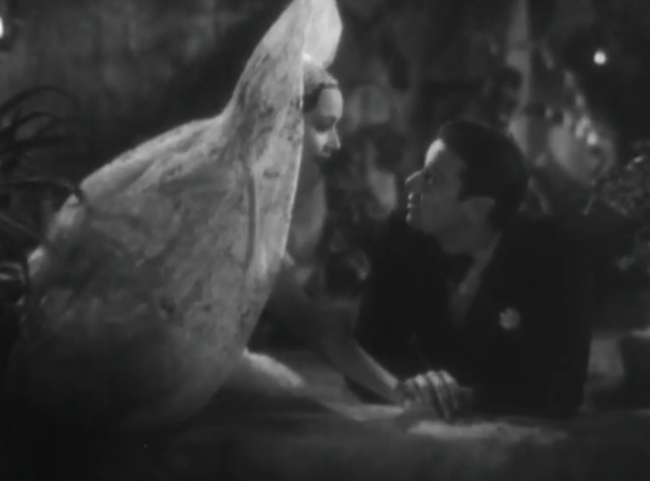
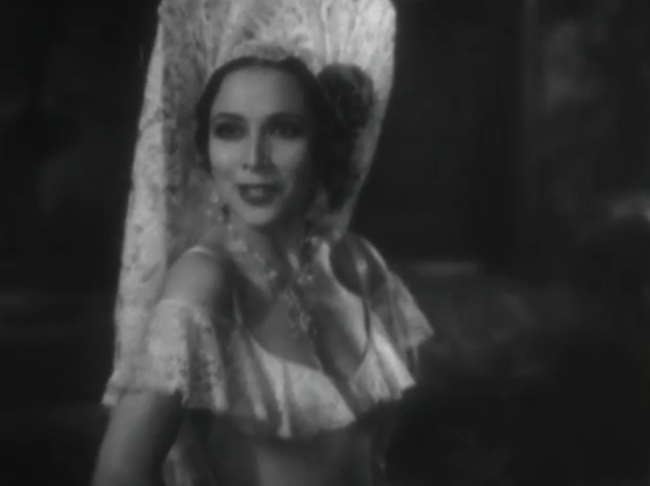
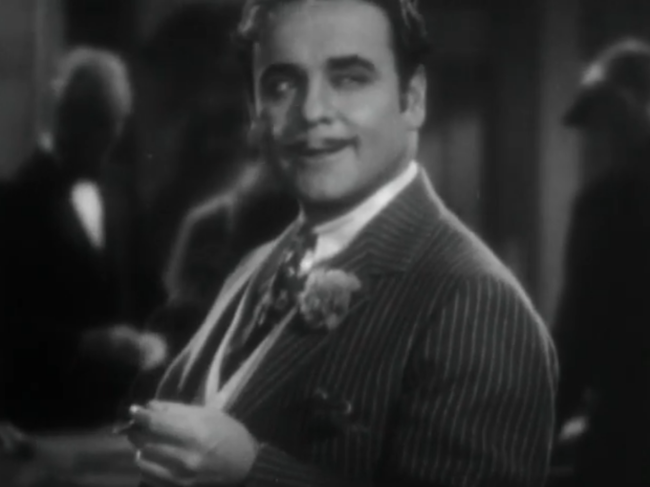
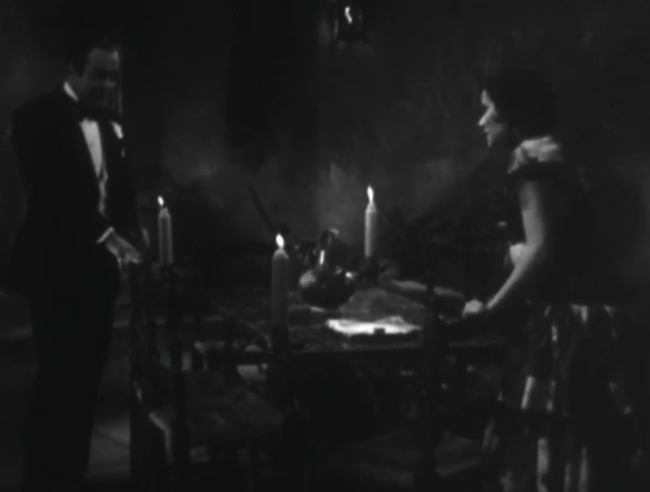
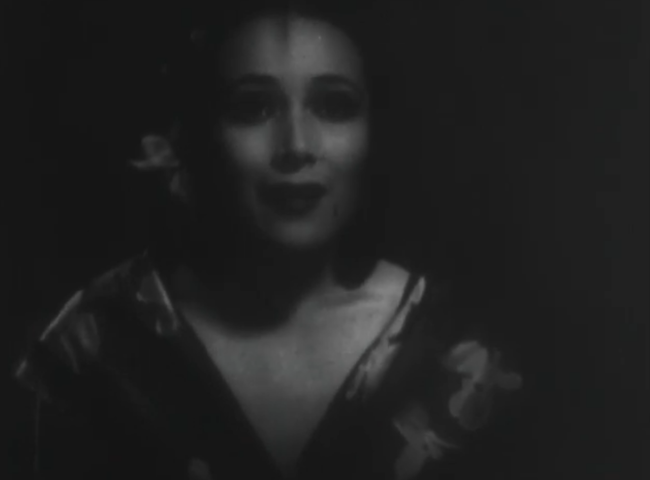

Trivia, Miscellany & Links
- As noted in the opening titles, this is based on “The Blue Ribbon” by Gerald Beaumont. It was published in The Red Book Magazine in 1923; you can read it here. That short story was turned in to a Broadway play called The Dove in 1925, which in turn became the silent movie The Dove starring Norma Talmadge in 1927. (That film is currently partially lost.) Leo Carrillo would also appear in the film’s 1939 remake, The Girl and the Gambler.
- This was the first film Dolores del Rio made for RKO, soon to be followed by some of her most popular pictures, Bird of Paradise and Flying Down to Rio. (Another movie with “Rio” in the title? That seems excessive!)
- RKO’s acquisition of del Rio of course led to some publicity. Here’s her picture in Cine-mundial and Screenland:
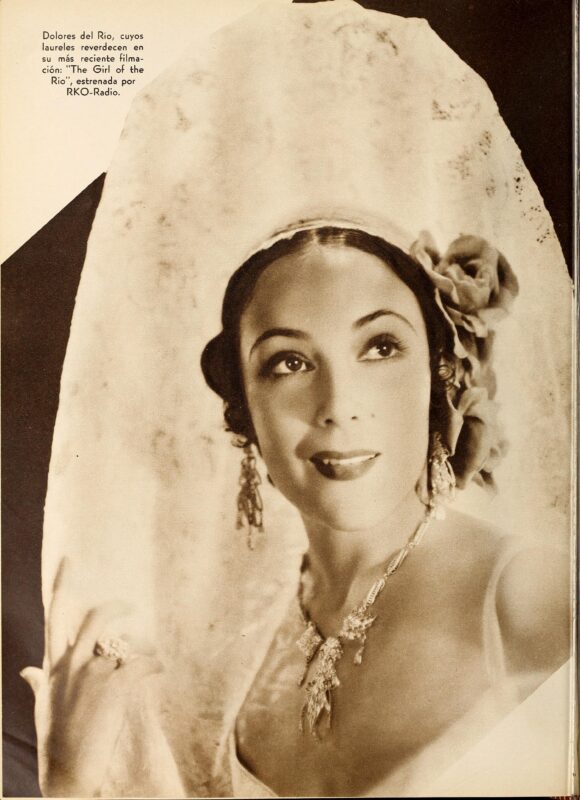
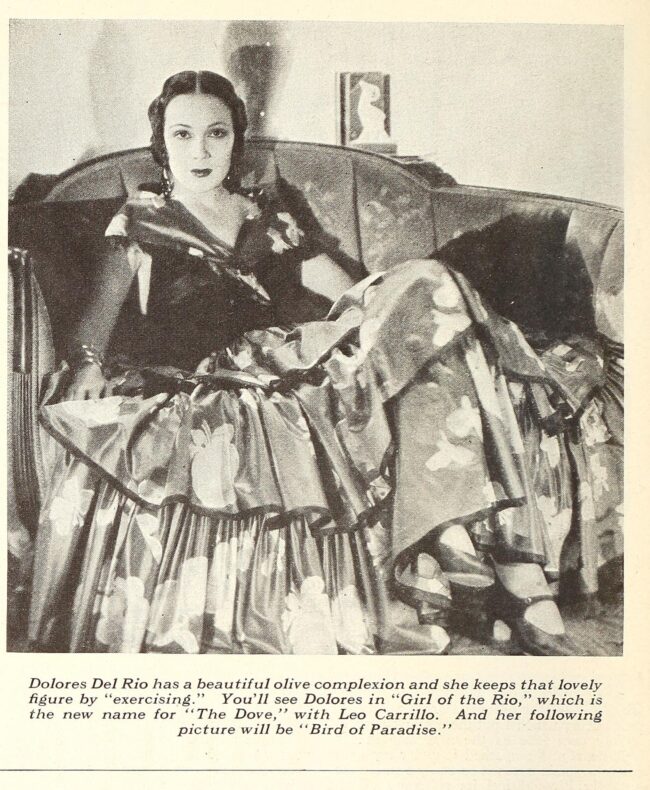
- According to Movie Mirror, del Rio called into the Mexican City premiere of this movie. However, the Mexican government still opted to condemn the film for how it portrayed its citizens.
- One thing that confused me a bit about this movie is that apparently Carrillo’s character is supposed to be Italian. Carillo himself comes from a long line of Californians, Mexicans and Spaniards. This confused Cine-Mundial (1, 2) as well, who wrote about the film (translated haphazardly):
The Spanish heard in this film is provided by Dolores del Río and Leo Carrillo, the main interpreters, and by a series of Mexicans who appear as second parts. The Spanish phrases that fit into the film are to give color to the plot, which is supposed to take place in Mexico, a short distance from the border with the United States. Carrillo is Italian — and popular here in the variety genre — but his Spanish leaves nothing to be desired. The production has this circumstance that is extraordinary: the Mexicans in the plot not only appear decently dressed and shaved, but […] the argument requires that they not receive beatings. The recipients are the North Americans. It is a pity that, having a guitar and a good voice, Dolores del Río has not sung something that was really worthwhile. — Guaitsel.
- Variety’s review of the picture place the failure of the film on the fact that this version has opted to center on Dolores’ struggles and not the Don as he is the dynamic character who makes a change by film’s end. This is summed up in their overview of the movie is that its “artistic quality is mild”.
- Other contemporaneous reviews ahoy:
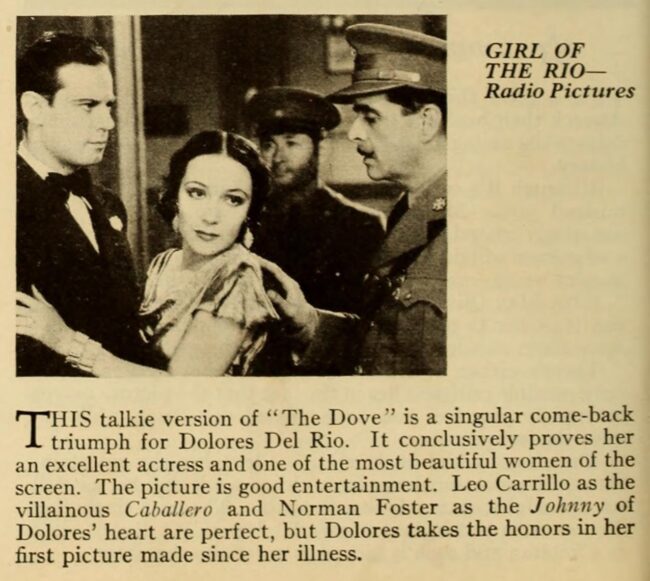
- Other links:
What is Pre-Code?
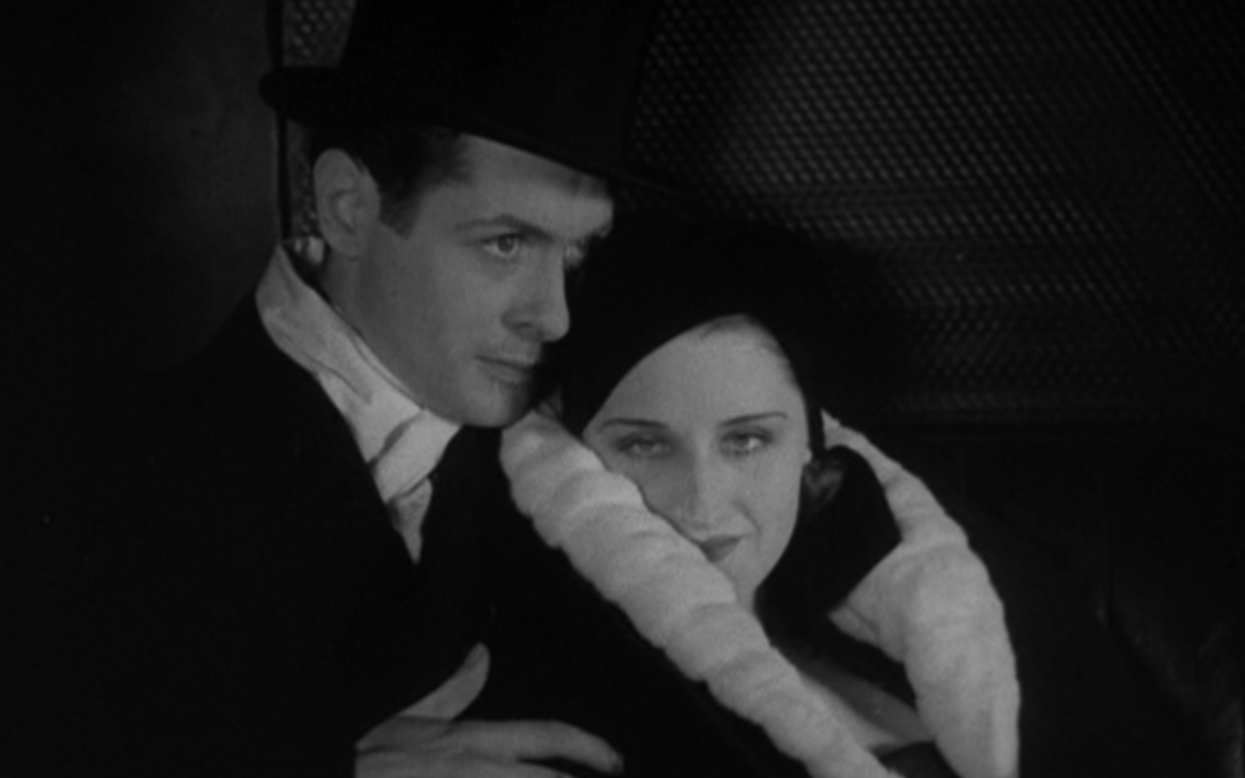
Click to learn more about pre-Code Hollywood, 1930-4, when movies were sexy, smart and sophisticated.
Index of Film Reviews

Browse all of the movie reviews on the site as well as schedules and pages that detail the world of pre-Code.
Explore the Pre-Code Era
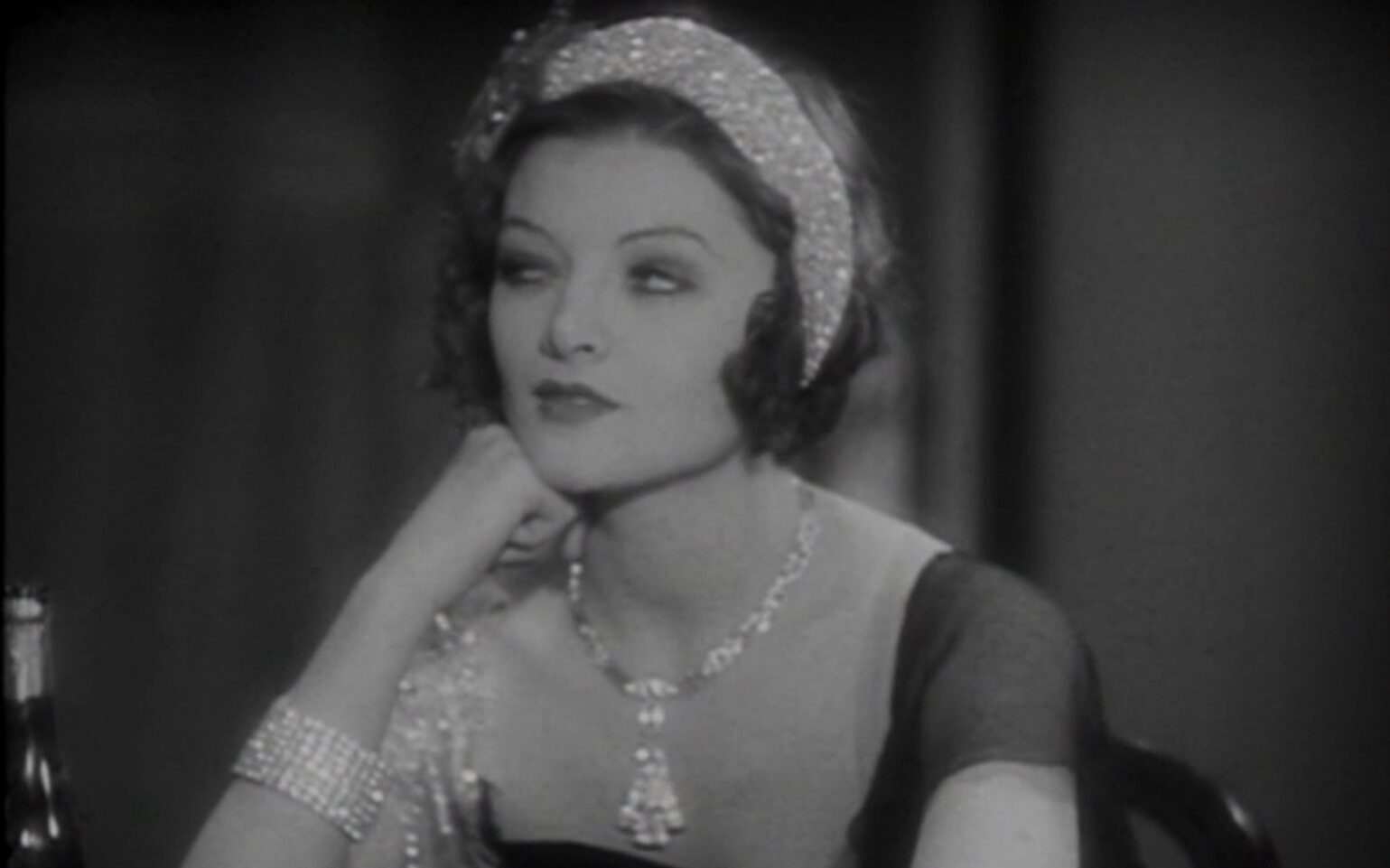
Dig through the pre-Code era through its highlights, its biggest hits, its essential films, and more.
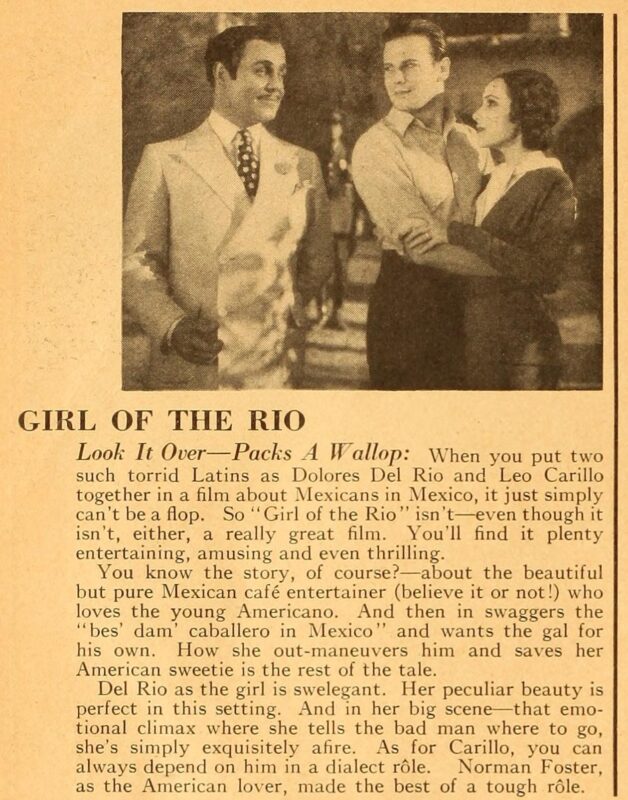



1 Comment
Gregory Palmer · March 15, 2024 at 8:04 am
Cool ! New to me. Cant wait. Thanx !
Comments are closed.